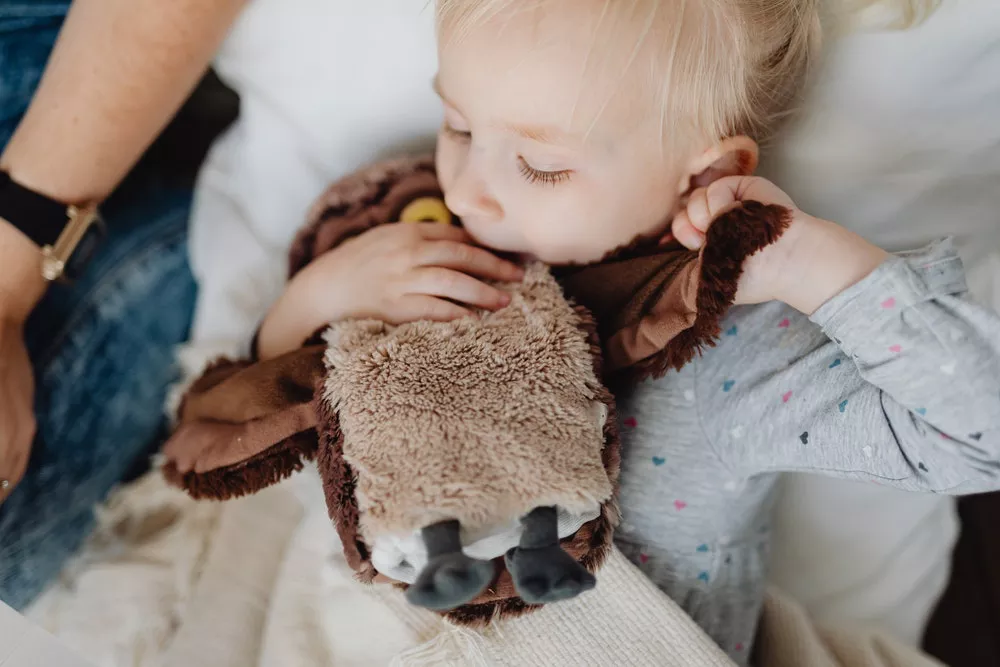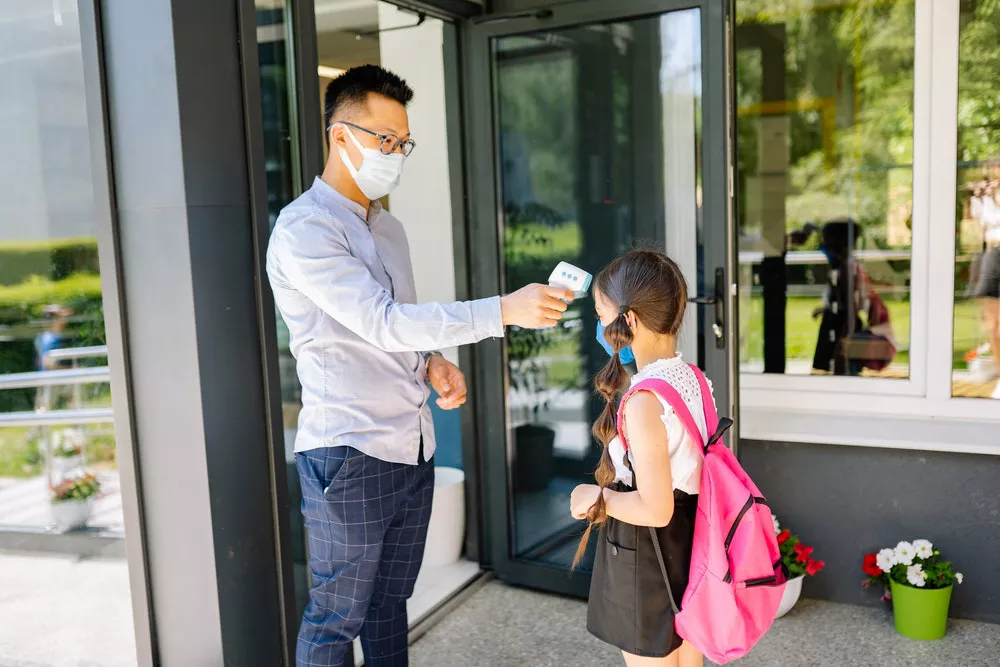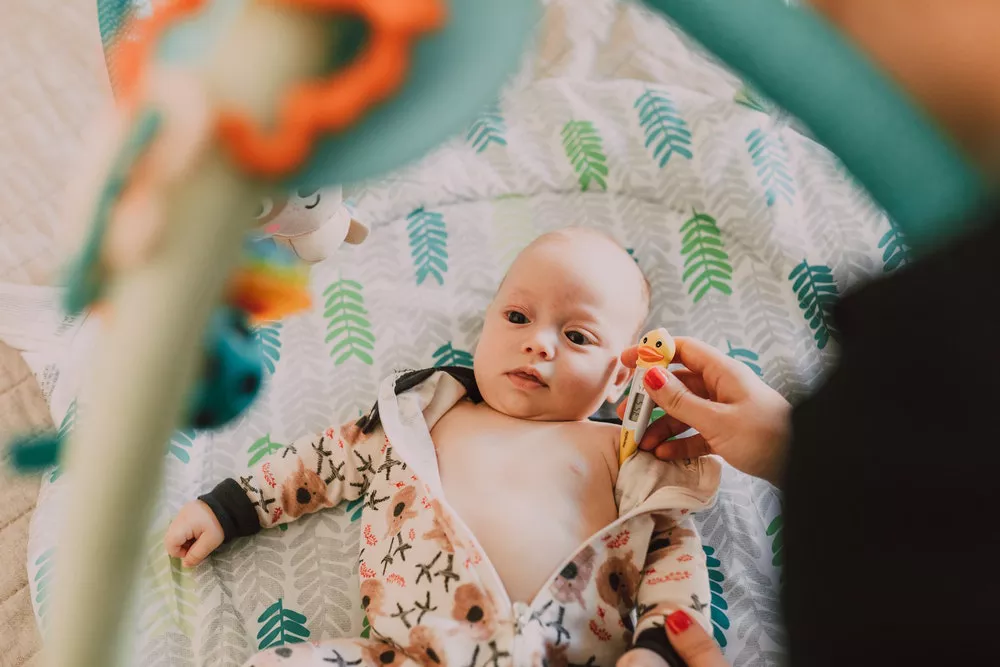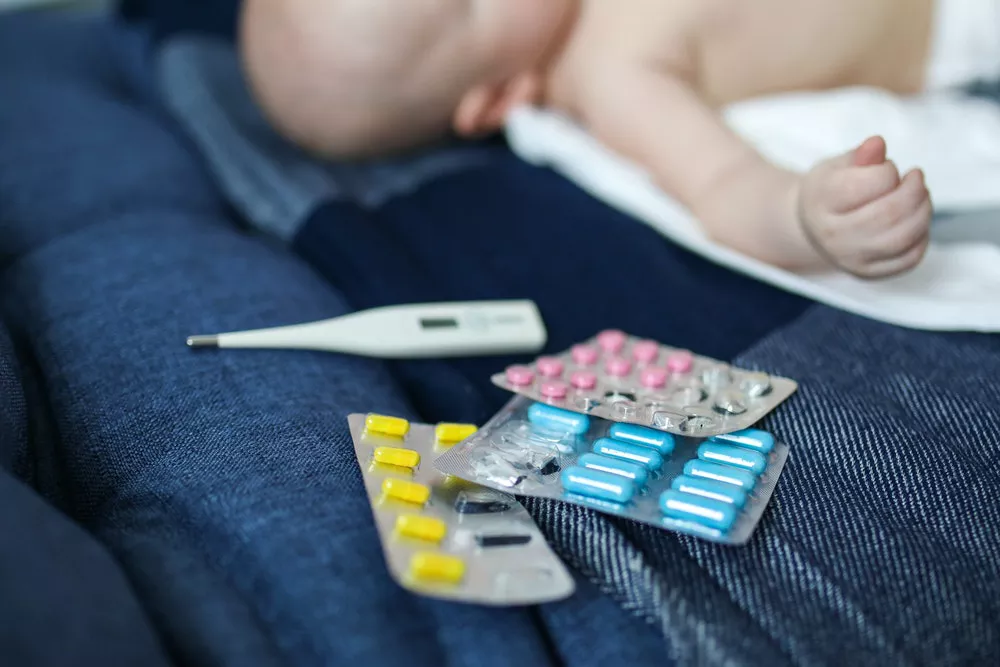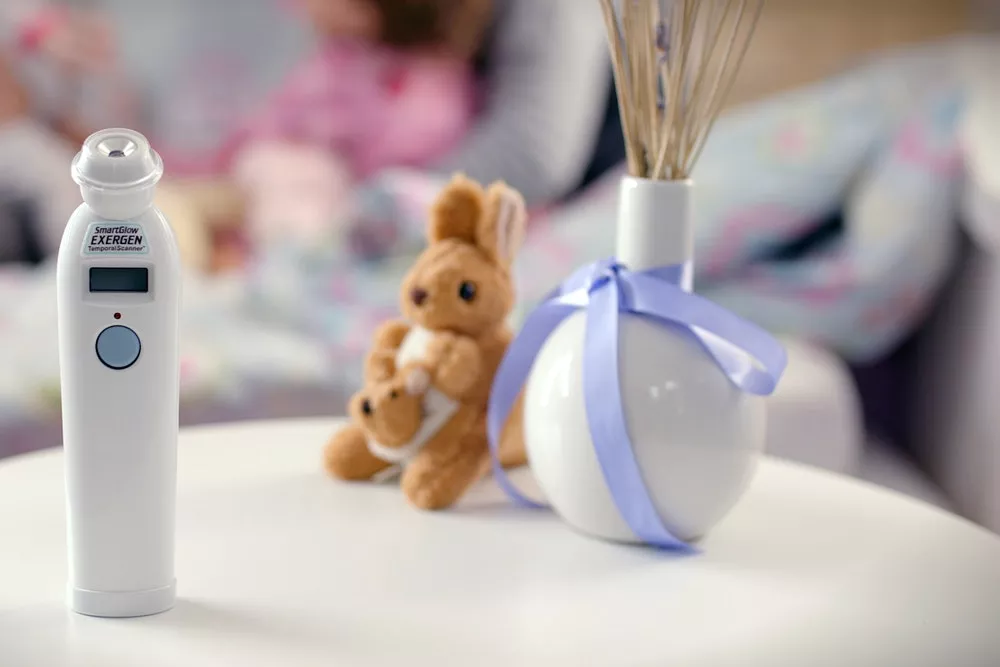No medical authority recommend physical cooling as the preferred way to defervesce, why is that?The American Academy of Pediatrics guidelines [1] emphasize that unless ultra-hyperpyrexia,fever itself is not harmful to the child, and it even facilitates the fight against infection.
It is thought that when the temperature exceeds 39°C, children will feel unwell. Conversely, when a child does not feel unconfortable and not accompanied with other underlying diseases, your child does not need antipyretic treatment when the temperature below 39°C, including baths and ice packs.
What about when the temperature exceeds over 39°C or children feel unconfortable?
First we can take measures with no antipyretic effect but will make children comfortable by reducing clothing and turning on the air conditioner when the child feels hot. Secondly, taking antipyretic such as ibuprofen and acetaminophen is not only effective in reducing fever, but also can placate children with pain of the fever.Finally, physical cooling, including warm sponge baths, alcohol baths, ice packs, fever patches, blowing fans and so on, by the principle of flowing water or air to take away body heat between the skin and the external environment to reduce fever.But they are neither effective, nor make the child comfortable.
Especially, taking warm sponge bath is more widely used and studied. In a study back in 1970, two groups of children with fever were treated with warm sponge bath and a placebo. The results showed that the number of children whose fever had abated after 1 hour did not differ significantly between the two groups [2]. Of course, due to the limited sample size, the conclusions of the study were not sufficiently definitive. Most other studies [3,4,5] concluded that rubbing baths lowered the body temperature for a short period of time, the temperature gradually returned after 30 minutes. Also, many studies have confirmed that rubbing baths can cause crying and chills in children [6].
The following are recommendations from some authorities and websites for treating children with fever.
1. healthychildren.org-a popular science website of the American Academy of Pediatrics [7]
For the most part, the most convenient way to make children with a fever more comfortable is to take oral acetaminophen or ibuprofen;however, sometimes you may want to combine this with a warm bath. For example, if you know your child is allergic to fever-reducing medications or cannot tolerate them (this phenomenon is rare),you can give preference to rubbing baths. If the fever is making your child extremely uncomfortable or vomiting, a rub may be recommended in combination with fever reducing medication.
2. National Institute for Health and Clinical Excellence (NICE) guidelines [8]
Warm water rubs are not recommended for the treatment of fever.
3. Canadian Association of Pediatricians [9] Warm water rubs, alcohol rubs are not recommended for children.
4. 20th edition of Nielsen Pediatrics Physical modalities such as warm sponge baths and cold blankets are not considered effective in reducing fever.
5. American Academy of Pediatrics Guidelines for the Use of Fever and Fever Reducing Drugs in Children [1]
It is not clear that bringing the body temperature down to normal improves the child's comfort. External cooling methods, such as warm sponge baths, can lower the body temperature but do not improve comfort.
External cooling methods,such as taking ice packs,using fever patches that only act on a small area of skin,should be abandoned as they do not lower the temperature but make children uncomfortable. Alcohol baths may also be able to cool the child briefly,so far as to posing a risk of poisoning by been absorbed through the skin [11].
In short, for children without other health problems, fever reduction is not needed whwen the temperature below 39°C or there are no obvious signs of discomfort.However,children have a fever with the temperature above 39°C or feel obviously uncomfortable, fever-reducing medication is preferred over physical cooling methods.
